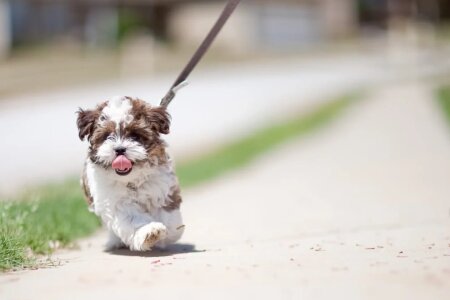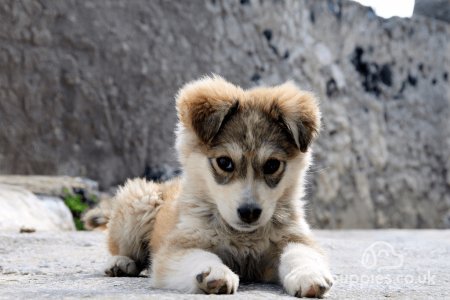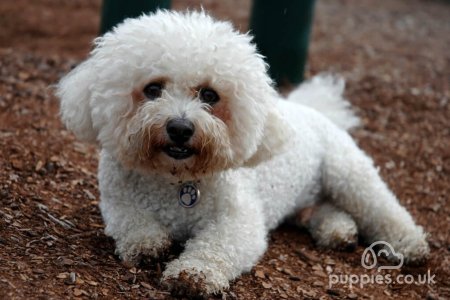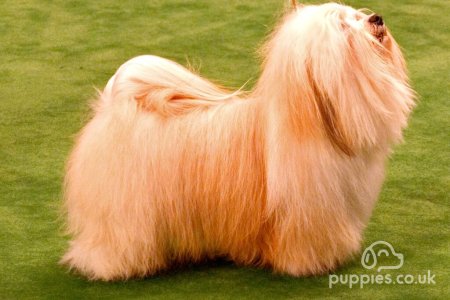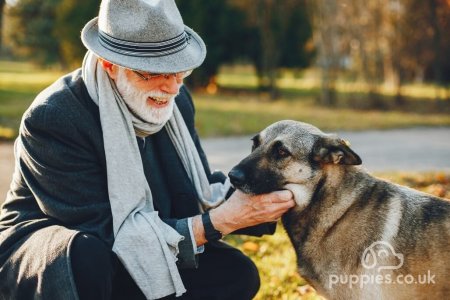How to Make Your Dog 'Go to Bed' and More Station Training
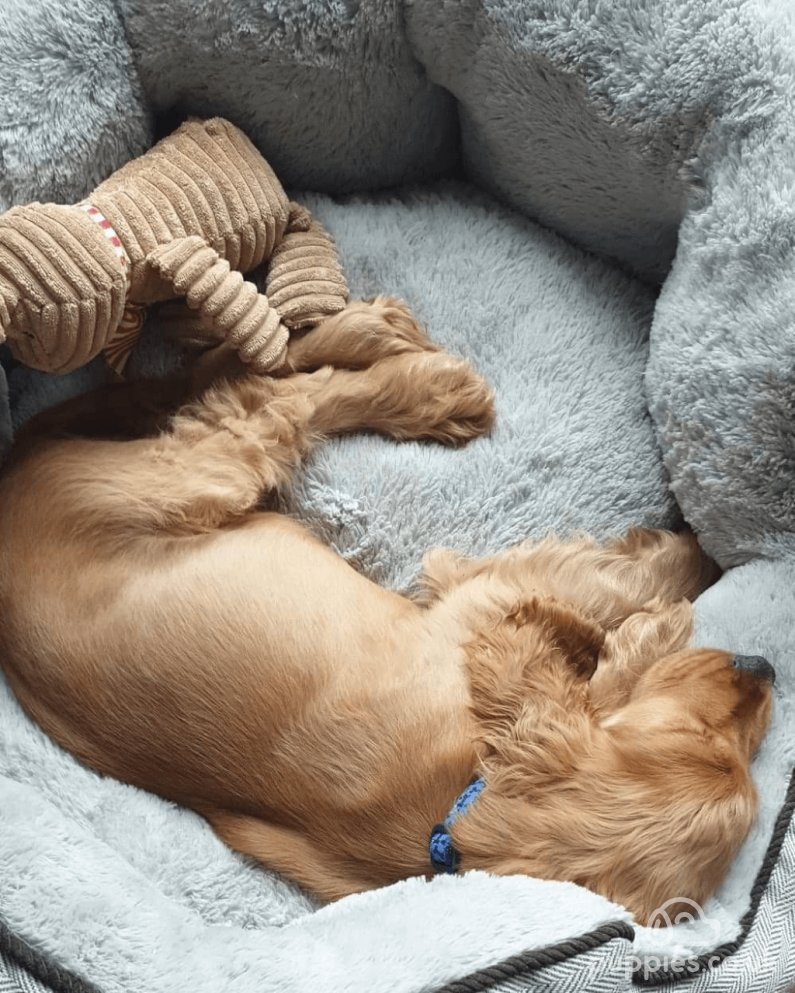
Station Training could be the solution to many of your dog’s behavioural problems and at the same time provide them with a host of different mental challenges.
So, what is Station Training? Simply put, it is about training your dog to go to a specified location, or station, in response to a verbal (e.g. “Mat”, “Bed”) or environmental cue. An environmental cue is something that the dog recognises in their environment. This cue could be a sound, such as the doorbell; a sight, such as you chopping food in the kitchen; or a stimulant of the other senses, such as touch or smell. When your dog arrives at a station, in response to a cue, you offer them some enrichment or mental challenge which helps to build a positive relationship with you. In addition, you can use these activities to help promote balanced emotional responses towards daily stimuli around the home, for example, the doorbell ringing.
CALM STATIONS
The calm stations I set up in my house. I train my dogs to recognise regular domestic activities, which eventually become the cue for them to use a specific station. So, for example, when I am preparing food in the kitchen, my dog automatically goes to a defined location in the room: a mat. You can set up a number of calm stations around your house such as a crate with an open door, a mat (ensure it does not slide when the dog uses it), a high-rise or normal bed (these are great to use in calmer rooms in the house like your lounge).
A common problem owners have is their dog jumping up at kitchen worktops as they prepare food or barking as their food is prepared. Both these issues can be easily fixed with station training.
Before I describe the basic steps to station training, let me share some important advice with you. To fulfil my dog’s needs, each day I will provide them with activities that offer the mental challenge they need, as well as physical exercise. During many of the activities, I will use food for reinforcement. Since I am keen to ensure my dog not only has a balanced diet but is not accidentally overfed through these activities, I measure and prepare their food for the whole day, including food for training. I always make sure I include some high reward food in their daily rations, which I use wisely to help with motivation when needed.
This food preparation time also gives the perfect opportunity to begin to train my dog not to jump or bark as I work. Whilst preparing the food, I randomly say, “Go to the Mat”, walk over and place a piece of food on the mat, then return to my preparations. The dog will take the food from the mat and then, most likely, return to the food preparation area. I repeat this at intervals. The first few times may be at short intervals and then I make a judgement, using feedback from my dog, to vary the interval. It is important, at times, to wait a while, so giving the dog time to process what is happening. Usually, they go over to the mat to see if another piece of food has magically appeared! This act gives me a behaviour to mark (a clicker noise or short verbal marker (“Yip”) to capture the correct behaviour) and reward. (for a fuller understanding go to my online training course at https://click2heel.thinkific.com/courses/puppy-training?ref=7c2b30). Capturing your dog doing the behaviour through choice is an effective and quick training method. Watch the dog's brain cells tick as they begin to work it out and start heading to the mat more often, or even staying at the mat, which usually happens in one short session. Now I begin to mark the dog for being on the mat, walk over, give them a hand signal for down and then give them the food. After a few times of doing this the dog will begin to offer the down on the mat independently.
I repeat this training every time I am chopping food in the kitchen, so this activity becomes the cue for the dog offering the behaviour, that is to say they lie on the mat. Of course, at this point it is not trained on a verbal cue, “Go to the Mat”, but this can be achieved with further training.
The same training principles can be applied to other activities where you want to promote a calm emotion, such as:
- go to your crate on the sound of the doorbell
- go to the mat when the family are eating dinner
It is also a great technique for managing multi dog households to help avoid any situations where jealousy and fighting over resources may be an issue, such as:
- the cue of giving a bone to one dog means the other dog goes to the mat.
- the cue for giving one dog attention means the other dog goes to the mat.
USE OF HIGH-RISE BEDS
‘High Rise’ beds make great stations and provide a more defined area for the dog to get on. I use these, but not solely, for the introduction to equipment and calm exercises which enable me to build a positive history for future handling. Exercises like paw targets, where the dog is giving me their paw and learning to be comfortable with me holding it, inspecting each claw and, eventually, clipping claws. Basically, I use them for calmer exercises, which are lower level arousal which helps promote effective learning. I also teach a general “Chill” cue, which is a duration on the high-rise bed where the dog remains on the station until released with a verbal cue. As I have a multi-dog household, I can use this to help teach release from the station on their name cue which is required for doorways, gateways and safe exits from the car. This enables me to create a calmer response than if I were to release all of them on one cue. You can imagine, with herding breeds, how exciting it would make these scenarios if they were all released at once!
OUTDOOR STATIONS
Setting up outdoor stations will require a little bit of imagination from you to make sure you are tapping into activities they naturally like doing. I love introducing these to puppies, for various reasons:
- to help them gain insight and understanding of my communication with them and develop their listening skills. So, I name the station, then move to its location where the activity begins
- to help redirect their attention to constructive activities when they are, say, digging plants up in the garden or trying to eat stones
- to positively engage and build relationships with them
- to help them develop interest in different activities
There are some easy stations you can set-up which will work in any size of garden. For example, a bucket with a lid (dustbin style), loaded with a selection of toys and some treats which are ok to be left for a few days and suitable for young puppies makes a perfect station. I may also include something different for me to wear, like a hat. I announce the phrase, “What’s in the bucket?”, and use my body language to take puppy with me to see what is in there. I open the bucket slowly, talking puppy through what is happening in a way to generate interest. Then out comes a toy, which might exit a little bit like a squirrel, chaser toys are great for this. Then we have a little game together before the toy returns to the bucket and the treats are used to help lower arousal levels before the next activity.
I introduce games to my puppies using these stations, before taking the games out on walks to help promote positive patterns of engaging with me in outdoor environments. “What’s in the bucket?” transfers nicely to “What’s in the Bag?”, which can be used as the starting point for many activities on a walk. Once your puppy is familiar with these activities, they can be built up to use as a fantastic recall cue, adding to your toolbox and helping make you more interesting than that squirrel!
All of these games and the station I use are included in the online training course which you can access by clicking this link. https://click2heel.thinkific.com/courses/puppy-training?ref=7c2b30).






